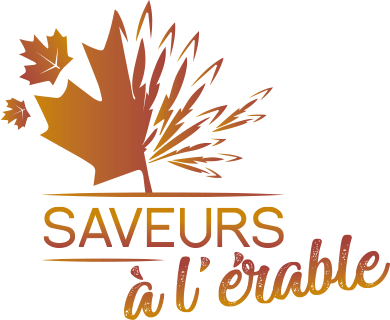recycled cardboards
Our beautiful provinces
Chutes du Niagara
CANADA
Canada, the second largest country in the world after Russia with an area of 9,984,670 km2 , occupies the northern part of North America. It stretches east-west from the Atlantic Ocean to the Pacific Ocean and north to the Arctic Ocean, hence its motto: A mari usque ad mare (From sea to sea). It shares two borders with the United States, to the south and to the northwest (Alaska). The country is more precisely a federation of ten provinces and three territories.
The French explorer Jacques Cartier landed in Gaspé Bay in 1534. Canada originated as a French colony on the territory of present-day Quebec City, founded by Samuel de Champlain in 1608 in the St. Lawrence River valley. The territory was first occupied by the Aboriginal peoples with whom the French developed diplomatic relations. French colonisation brought 90,000 French settlers to North America until the British Conquest in 1763. After the Conquest, the British took over the lands of New France. This was followed by a period of English colonization, mainly through the arrival of Loyalist settlers from New England after the American Revolution. Later, in 1867, the British created the Dominion of Canada, a federal state born of the union of three British colonies: United Canada, New Brunswick and Nova Scotia. The British North America Act of 1867, a British statute comprising the majority of the Constitution, was repatriated in 1982 to give Canada a constitution. At the beginning of the 21st century, Canada is a federation of ten provinces and three territories, each with its own prime minister and legislature. The country gained its independence from the United Kingdom peacefully in a process that lasted from 1867 to 1982.
Canada is a constitutional monarchy (Commonwealth Kingdom) with a parliamentary system of government, defining itself as a bilingual and multicultural nation; English and French are the official languages with equal status. An industrialized and technologically advanced nation, its diversified economy relies primarily on its abundant natural resources and trade with the United States, with which it has had a complex relationship since colonial times and the beginnings of modern Canada.
Quebec is the only province with a strong French-speaking majority (just under 80% of Quebecers have French as their mother tongue) and whose only official language is French, while New Brunswick is the only legally bilingual province. The other eight provinces are inhabited by strong English-speaking majorities, but each is inhabited by French-speaking communities of varying sizes. The Yukon Territory is officially bilingual (French and English). The Northwest Territories, as well as Nunavut from which it is derived, recognise 11 official languages, including French, English and numerous Dene and Inuit languages. In 2006, approximately 9.6 million Canadians (30.7% of the population) were able to speak French, while 26.6 million (85%) were able to speak English.
Provinces du Canada
 Alberta
Alberta Colombie-Britannique
Colombie-Britannique Île-du-Prince-Édouard
Île-du-Prince-Édouard Manitoba
Manitoba Nouveau-Brunswick
Nouveau-Brunswick Nouvelle-Écosse
Nouvelle-Écosse Ontario
Ontario Québec
Québec Saskatchewan
Saskatchewan Terre-Neuve-et-Labrador
Terre-Neuve-et-Labrador

